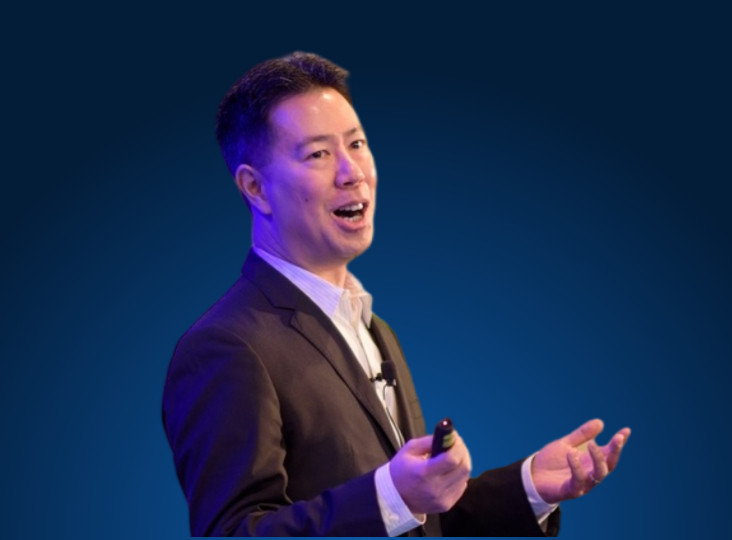The importance of treating patients as people first to improve the patient experience

Fifteen seconds can make all the difference in the world of healthcare.
For NRC Health partners, those 15 seconds can help provide an easily viewable patient-background summary, so that patients feel seen and heard and providers have the necessary details to deliver better care experiences.
How much patient experience has changed, and the driving factors in the rise of healthcare consumerism, were the topics of a recent Becker’s Hospital Review podcast featuring Greg Makoul, PhD, MS, Chief Transformation Officer at NRC Health, and Dana Caviness, Assistant Vice President of System Patient Experience at Wellstar, the largest and most integrated healthcare system in Georgia.
“We must be thinking about patient experience much more broadly, from the finger cut to what’s happening when somebody is just living their everyday life,” says Caviness. “Most of our patients’ everyday lives happen outside of the care setting. And one of the things to keep in mind is, they’re experts on their lives, right? The irony is, when you add up all the minutes in somebody’s lifetime, the ones spent in the doctor’s office pale compared to everything else. However, what happens in those few minutes inside that medical office can often have the most life-altering consequences and impact all the minutes you spend outside of that.”
Makoul adds that NRC Health helps care teams and health organizations address what matters to patients as people in the real world, and everything they’re up against and trying to achieve through their lives and their health. He says that when the patient experience was focused only on what happens in the care setting, it was a very traditional, “How did we do?”–centered approach. If it went well, people felt good about that and would ideally send congratulations to any named members of the care team to let them know; if it didn’t go well, they’d try to solve the problem and ensure that it didn’t happen again—“and that’s kind of how the experience has been cycling for many, many years,” he says.
“We help our partners take care of before-, during-, and after-care in a deliberate and disciplined way,” Makoul says. “One of the things that we do at NRC Health, in the overall Human Understanding program, is a way for patients to share what matters to them as people through a digital tool. We boil that information down and display it in the her, so care teams can look at the summary of what the patients are up against. It takes 15 seconds to look at. And we’re seeing the care teams go in, do a better job, and save time.”
Caviness adds that they’re in the process of implementing this technology at Wellstar. One of Wellstar’s overarching hopes is that this will be a catalyst to shift healthcare design from that appointment-based mentality—“You’re a patient, you’re coming to me, and I diagnose you”—to a partnership characterized by what makes that individual unique, by way of the information they can provide before their visit. “They can share what’s important, what goals they’ve established, and what worries perhaps are on their mind,” Caviness says. “And, you know, we believe that people are more apt to write things down or type things that are concerning them that they wouldn’t vocalize if they were sitting in an office with a physician or a care provider.
“We’re really looking forward to having [this technology] well deployed throughout WellStar, so our organization, clinicians, and physicians can take a peek into someone’s world by using these snippets of information to establish relationships,” Caviness adds. “When one of those encounters is life-altering, you’re in a much better position to respond, provide the support, and really tailor what kind of information and outcomes you’re hoping to achieve with that person.”
“It’s been very interesting for us to see that primary-care doctors who have very long-standing relationships with patients over time think they pretty much know everything they need to know—and when they see their patients putting in information, it’s changing care because the physicians had no idea what that patient was really thinking, or was really up against,” Makoul says. “So that’s been extremely valuable. I think it’s important to point out that this is a tool that does not replace communication. It is geared toward focusing communication and making the encounter more effective.”
Makoul adds that a randomized control trial published in the Journal of General Internal Medicine found that health systems that used this technology saw double-digit increases in the proportion of patients who said that their doctor or care team treated them with respect; showed care, concern, and interest in their ideas; and spent the right amount of time with them. He says that providers who use technology like this aren’t spending more time, just better time—which is also good for the care teams, because anecdotally, many providers go into healthcare to have those healing relationships, not just to churn through appointments.
“Nobody goes into healthcare to have faster transactions,” he says.
Caviness couldn’t agree more, saying, “The more we can leverage these conversations and create this dialogue in the healthcare community, the better and the closer we’re going to get to really achieving that transformation of humanizing healthcare.”

